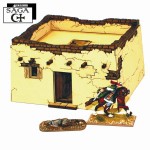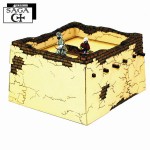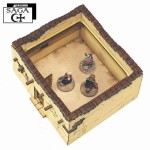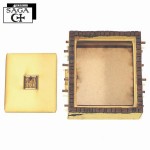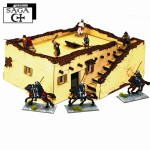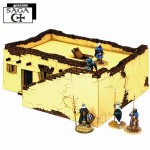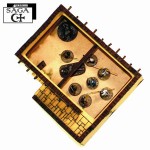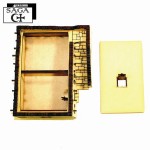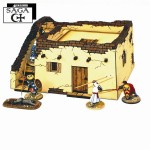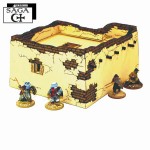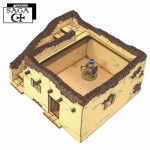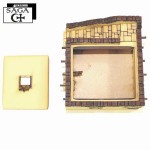We’re now stocking 4ground’s lovely pre-painted adobe buildings – ideal for Bolt Action games set in East and North Africa as well as most conflicts in that area throughout the ages!
Arabic Rural Dwelling 1
This simple one roomed adobe building was typical of dwellings built by both ‘Middle Eastern Arabs’ (Sharq Alawsat Arab) and ‘North African Arabs’ (Mugh Arib) during the Middle Ages. Even today it is not uncommon to find people building such rural dwellings in North Africa or the Middle East, with almost nothing changed in the way they have looked since the early Islamic period – other than the addition of an occasional air conditioning unit or satellite dish on the roof or the walls.
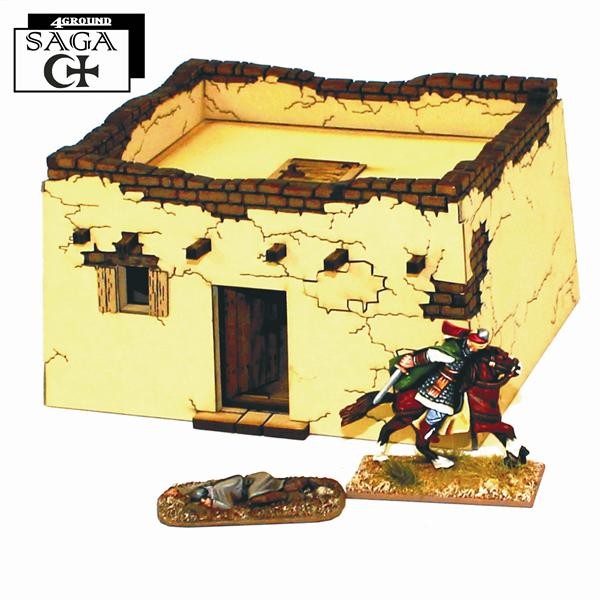
SAGA: Arabic Rural Dwelling 2
This arabic adobe building was a rather large single roomed dwelling (beyond this size usually a building was sub divided into rooms), but it was still typical of arabic medieval rural houses, unsurprisingly due to its size, it had an external stairway on the side of the building to better utilise the roof as an open air room.
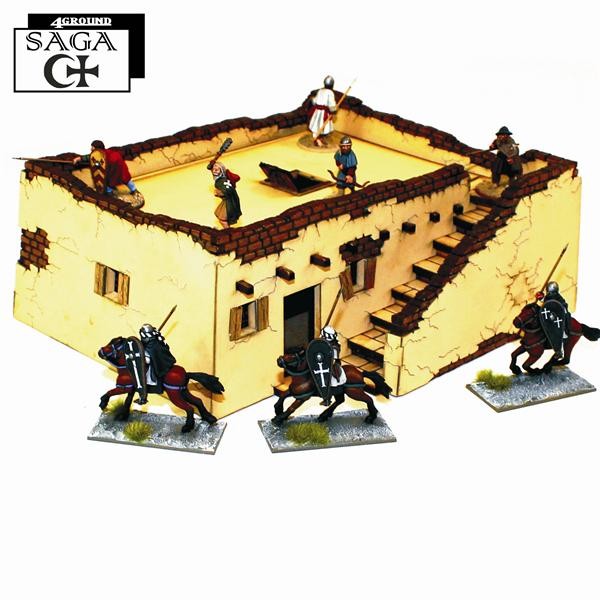
SAGA: Arabic Rural Dwelling 3
Most medieval arabs considered the roof area of their dwelling as an upper floor to their house (regularly used for sleeping), this example of such a dwelling has a purpose built stone paving stairway (hajar-daraj) to the open air room (ghurfa) above. Its adobe brick walls would have been made from a mix of straw (libbin) and earth mud (teen), then the walls would have had their surfaces rendered with two or more coats of ‘teen’ to prevent weathering – more from sandstorms than rain, though quite often this render could quickly be lost exposing the adobe to greater erosion.
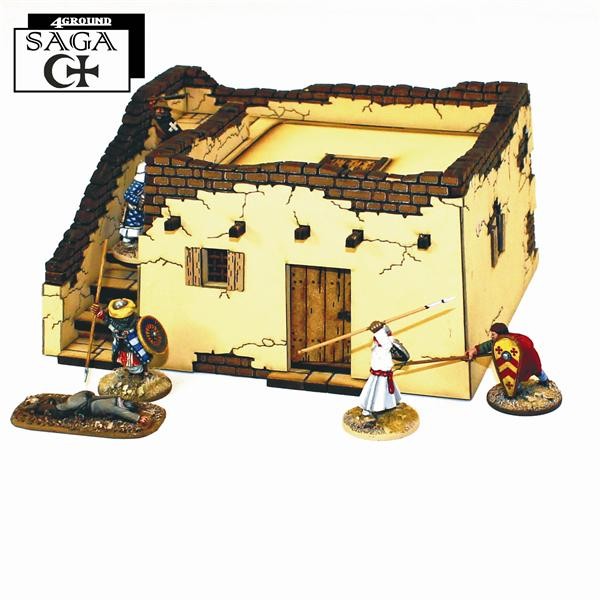
The internal ground floor was ‘earthen’ (Turaab) though the threshold could also be of stone paving. The door (bab) was usually wooden – though it could also be woven cane – the windows (shubak) could be wooden or cane frames or lattice woodwork, many houses also had wooden shutters (safaqa). Long wooden roof joists (shandal) were often left extending beyond the outside of walls so they could be reused again in the future. Over these joists woven cane (basjeel) was placed then three layers of finer woven palm matting (manqrur) was placed over this, over which was then coated several layers of ‘teen’ to give a finished surface to the roof (saqf) strong enough to walk on.

